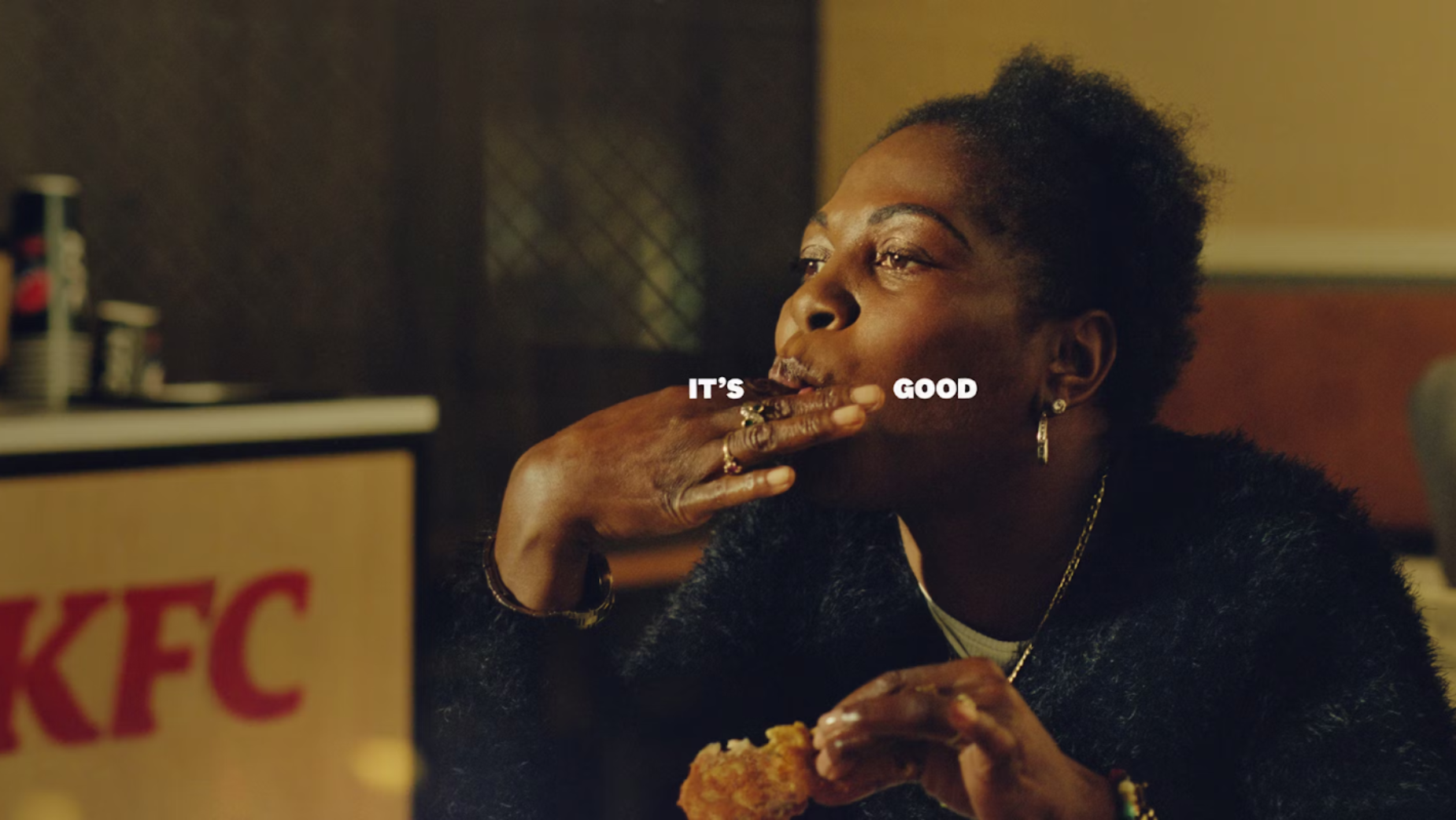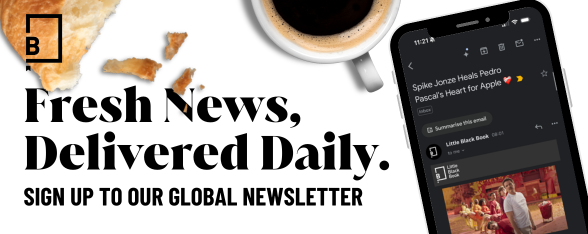
The Say Less Equation: Is There a Formula to Those Clever Minimalist Ads?

In an era where attention spans are short and skepticism is high, many brands are embracing what I like to call "Say Less" advertising. It's a style that's all about restraint, stripping back the layers of technique, hyperbole, and over-explanation to let the product and the brand speak for themselves.
But like any trend, "Say Less" seems to have its own rules, tiers, and dangers. There's a fine line between confidently leaning into your brand's iconic status and accidentally saying nothing at all.
(Brand Meaning + Product Context) x (Audience Familiarity) = Say Less Comms
First, you need to be confident that consumers know your brand and what it stands for.
Next, even the most stripped-back ads need context, whether that's a product shown in use, a carefully crafted setting, or where a little more help is needed, a short sharp line of copy to subtly frame the message.
The ability to "Say Less" isn't earned overnight. It takes years of consistent brand building and the creation of a rich brand world before a brand earns the right to go minimalist. An example doesn't quickly come to mind (or after 25 minutes of intensive searching) of a young brand that has been able to employ the Say Less equation.

Not all "Say Less" advertising is equal. The gold standard is arguably the British Airways, Maccas, KitKat style, where nothing but the product cleverly captured is enough to convey what the brand stands for.
And then some executions, like Heinz or KFC rely on a little nudge from a clever line of copy (Almost always white text aligned to the product in a beautiful photo) to give the audience some dots to connect.
Of course, there's a danger lurking at the edges of this movement. Take it too far and "Say Less" becomes "Say Nothing." And if I’m honest it was this example that led to me getting my thoughts about this style so I could understand where it went wrong.

Minimalism for minimalism's sake is not a strategy… It's vanity.
"Say Less" demands a brand to have supreme self-awareness, you must know what symbols and emotions it owns, and how much context is needed to still tell a story. It's not just about simplicity, it's about strategic simplicity. Unfortunately for Coke, I just don’t think consumers will recognise the silhouetted shadow of an empty bottle as a Coke bottle and therefore this recent work is Saying Nothing.

When done right, "Say Less" is one of the purest forms of brand communication. It rewards the audience's intelligence. It honors the product. And it proves that, sometimes, the most powerful thing a brand can do is get out of its own way.
In an industry obsessed with saying more it’s a welcome irony that the brands who have historically said the most are now learning the value of saying less.
–
Tom Wenborn is chief creative tinker, Thinkerbell















